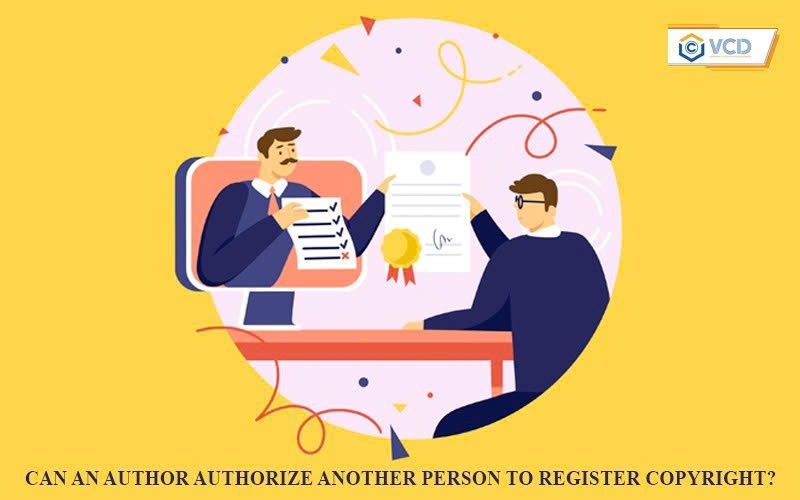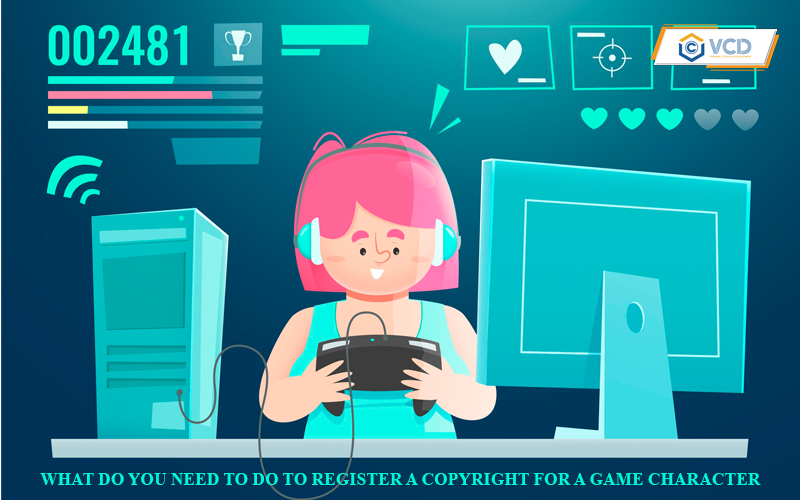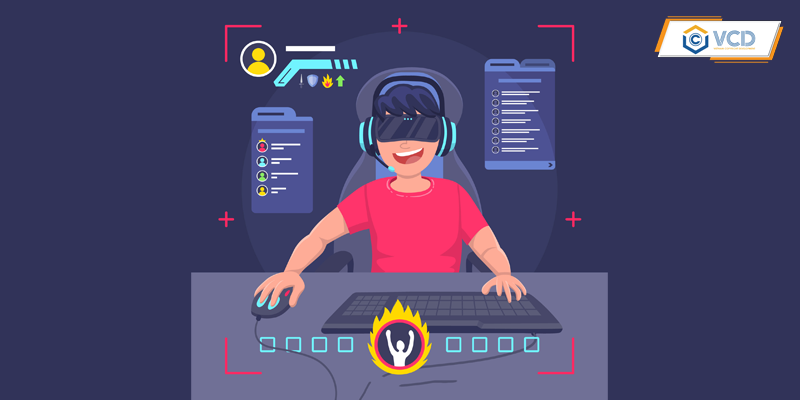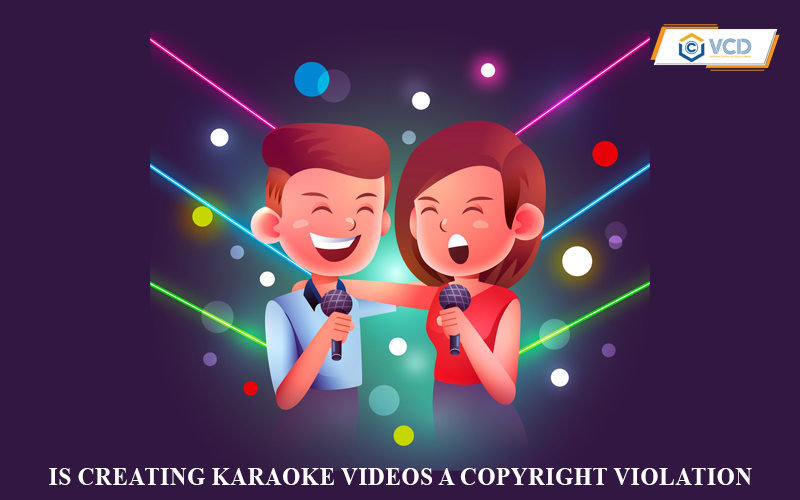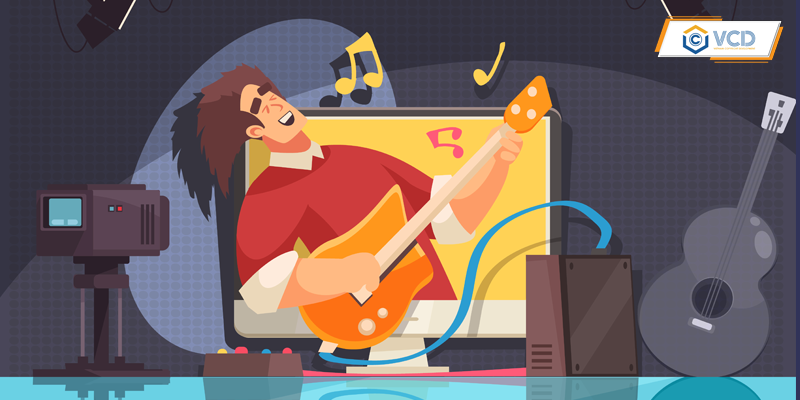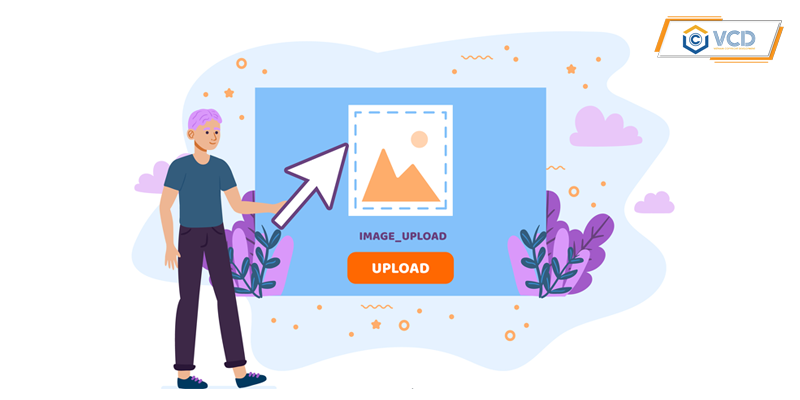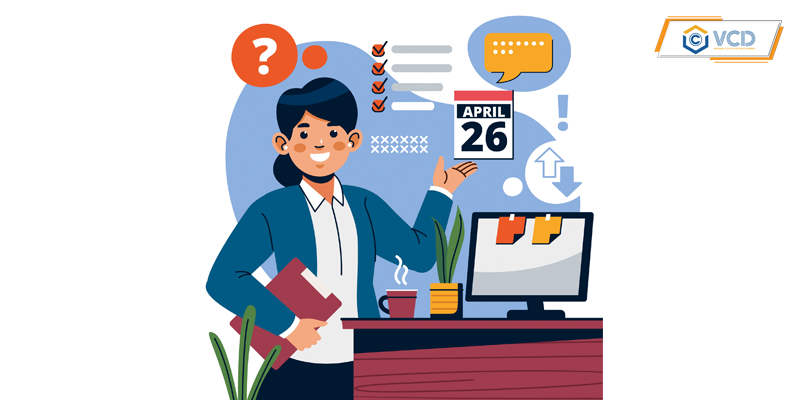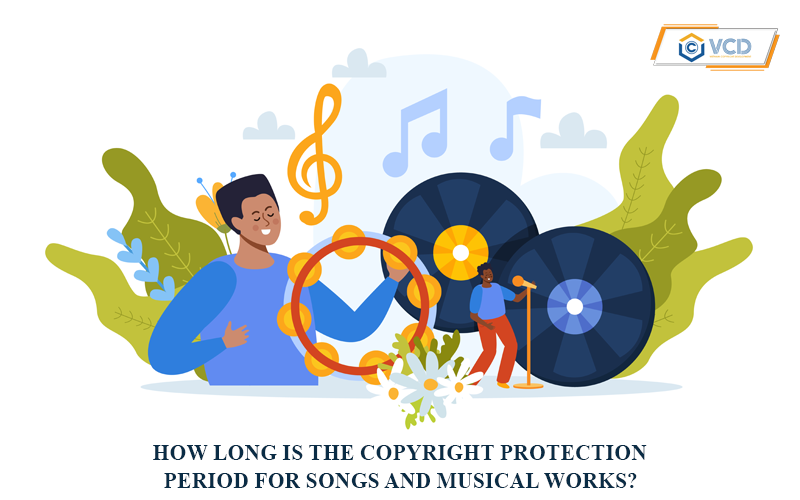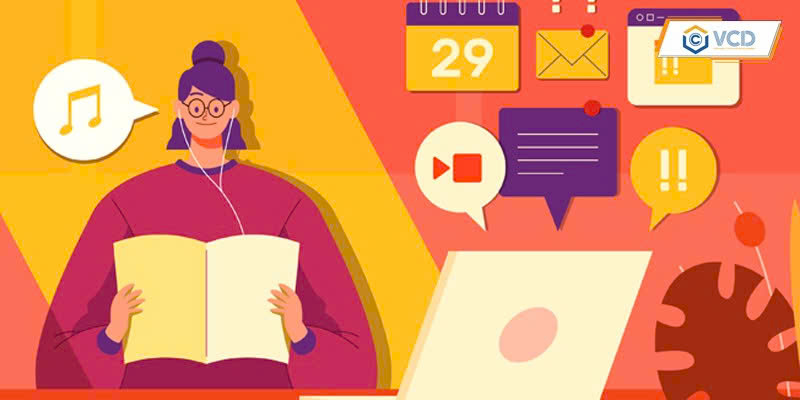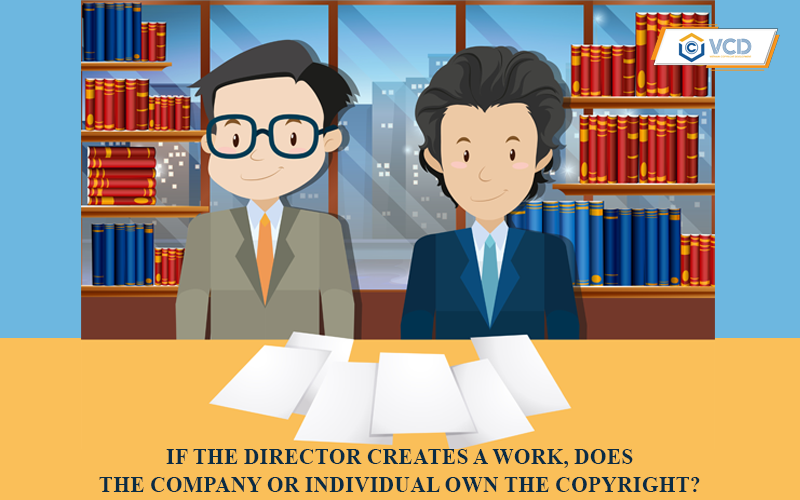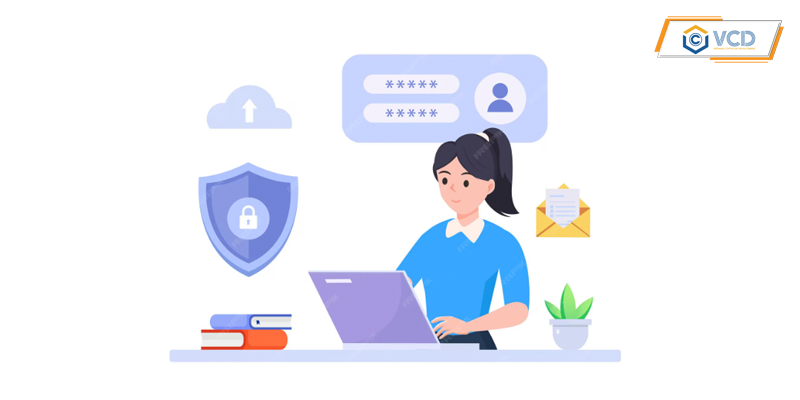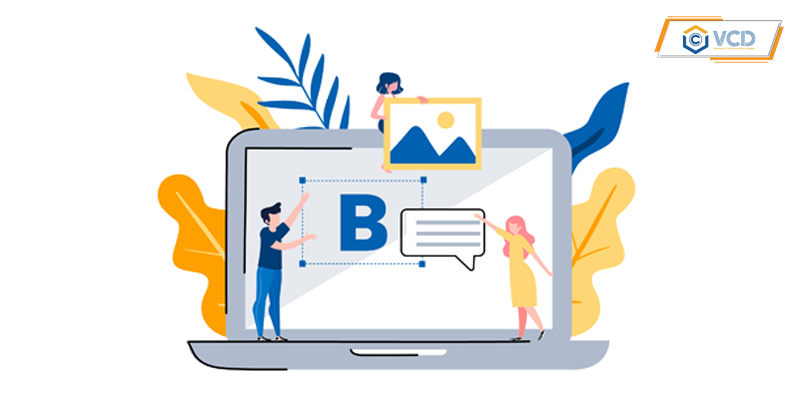Can an author authorize another person to register a copyright?
In reality, the author cannot always directly submit a copyright registration application for his work. For reasons of time, geography or to ensure the accuracy of the application, many people choose to authorize another organization or individual to carry out the procedure on their behalf. However, many people still wonder whether authorizing copyright registration is permitted by law or not? The following article from VCD will help you.
1. What is authorization? How long is the authorization period?
Authorization is an agreement between the parties according to which the authorized party will be obliged to perform the work on behalf of the authorizing party.
Authorization is one of two forms of representation as prescribed by law, recognized in Article 135 of the 2015 Civil Code. Accordingly, the right of representation is established by authorization between the represented person and the representative (called authorized representation) or by decision of a competent state agency, according to the charter of the legal entity or according to the provisions of law (generally called legal representation).
Regarding the term, currently, the 2015 Civil Code does not specifically regulate the power of attorney, but regulates authorization through a contract.
According to Article 563 of the 2015 Civil Code, the term of authorization is agreed upon by the parties or prescribed by law; if there is no agreement and no provision of law, the authorization contract is valid for 01 year from the date of establishment of authorization.
Therefore, according to the above provisions, the term of the authorization contract is determined in three cases:
- The authorization term is agreed upon by the parties;
- The authorization term is prescribed by law;
- If there is no agreement and no provision of law, the authorization contract is valid for 01 year from the date of establishment of the authorization.
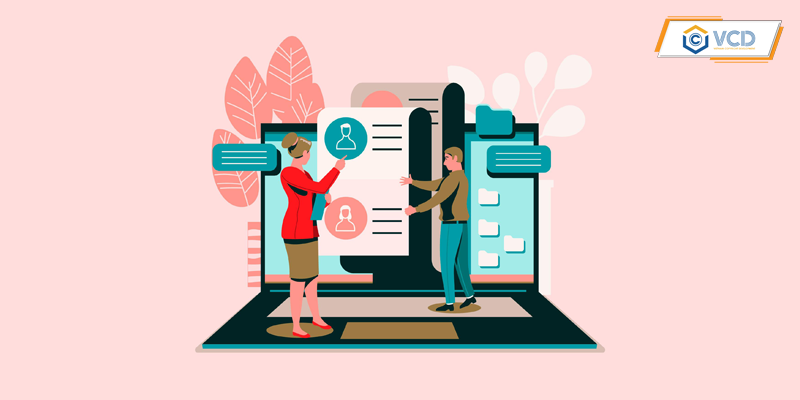
2. Can the author authorize another person to register copyright?
According to the provisions of Clause 1, Article 50 of the 2005 Law on Intellectual Property (amended and supplemented in 2022), the author or copyright owner can directly submit the application for copyright registration or authorize another organization or individual to submit the application on their behalf. This authorization is permitted by law to facilitate the applicant, especially in cases where they cannot directly carry out the procedure at the competent authority.
Pursuant to Clause 6, Article 38 of Decree 17/2023/ND-CP, the authorization document must be made in writing and include the following basic contents:
- Information of the authorizing party and the authorized person (full name, address, contact);
- Specific name of the work authorized for registration (for example: musical, literary, fine art, photographic work, etc.);
- Scope of authorization, clearly stating the authorized person is allowed to perform tasks such as submitting documents, signing, monitoring documents, receiving the Certificate of Copyright Registration;
- Duration of authorization;
- In case the authorizing party is an individual, the authorization document must have a notarized signature to ensure legality.
According to the provisions of Article 39 of Decree 17/2023/ND-CP, in addition to the registration form and a copy of the work, the copyright registration dossier must also include a power of attorney in case the applicant is not the author or direct owner. The copyright registration dossier includes:
- Copyright registration form (according to the form issued by the Ministry of Culture, Sports and Tourism);
- Two copies of the registered work (printed or hard copy; if there is an electronic copy, submit the data file);
- Power of attorney (if the dossier is submitted through a representative, and the signature must be certified if the authorized party is an individual);
- Documents proving ownership of the work (such as citizen identification card, business registration certificate, transfer contract, inheritance document, or decision to assign creative tasks, etc.);
- Written consent of co-authors (in case the work has two or more authors);
- Written consent of co-owners (if the work has multiple owners);
- Written consent of the person with the image if the work uses a personal image;
- Documents in foreign languages (if any) must be translated into Vietnamese and properly certified.
In reality, copyright registration often requires an understanding of legal regulations and experience in handling documents. Many individuals have difficulty determining the type of work, preparing documents proving ownership or explaining to competent authorities. Therefore, authorizing a specialized organization or individual to carry out the registration procedure not only saves time and effort, but also ensures that the documents are prepared in accordance with regulations and limits legal risks.
Above is the article “Can an author authorize another person to register copyright?” that VCD sends to you. We hope this article is useful to you.
Sincerely,
Frequently asked questions
Answer: In case the author cannot submit the application in person, he/she can authorize an individual or organization to provide consulting or services on copyright and related rights that have been recognized and permitted by the Copyright Office.
Answer: According to the provisions of Clause 6, Article 38 of Decree 17/2023, “In case the authorizing party is an individual, the authorization document must be authenticated in accordance with the provisions of law”, therefore, if the author authorizes another individual or organization, that document must be authenticated or notarized by a competent authority.

